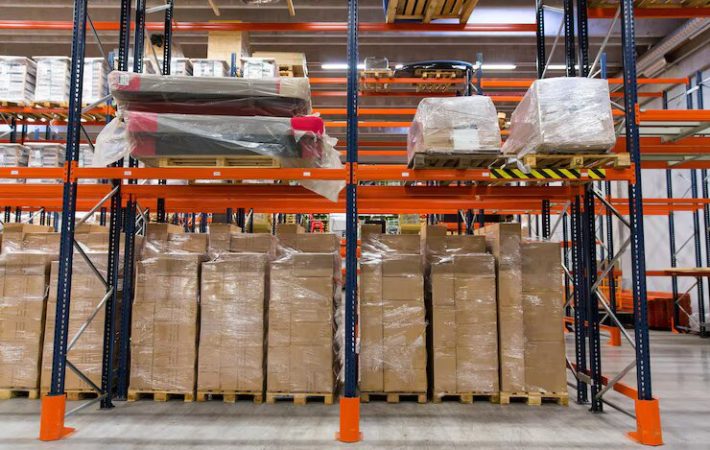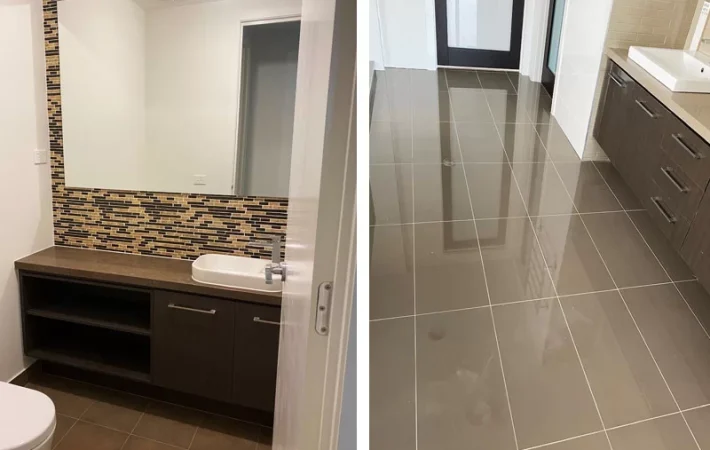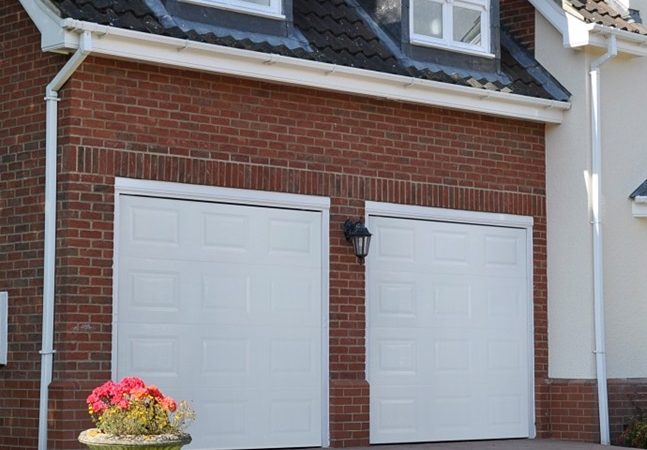The toilet in any home is one of the most essential entities, and if working correctly, many people hardly give a second thought to this device. However, in an unfortunate instance when your toilet is clogged, this turns into a tiresome experience, as it disrupts your daily schedule and may damage your plumbing system. A few simple precautions against clogs and some basic maintenance of the plumbing of a toilet can keep these very ordinary problems at bay and make a bathroom work well. In this article, we consider practical tips for the prevention of clogs and proper care for your toilet to increase its life expectancy.
Avoid Flushing Non-Flushable Items
The major contribution to toilet plumbing services comes from items that are flushed down the drains yet should not have been. It might be harmless in thought, but papers used as towels, sanitary products, wet wipes, or large quantities of toilet paper can easily block your pipes.
What You Should Avoid Flushing
Wet Wipes: Although the packaging may say “flushable,” wet wipes are not as biodegradable as toilet paper. They tend to clump together and block.
Feminine Hygiene Products: Items such as tampons and sanitary pads should not reach the toilets. They absorb water to expand, consequently causing blockage.
Paper Towels: Unlike toilet paper, paper towels are made to be sturdy and don’t dissolve in water. Toss them out in the trash every time.
Cotton Balls and Swabs: Cotton does not break down easily and will accumulate in the pipes until one day causing a blockage.
Just make sure you only flush human waste and toilet paper. This single practice will help a lot in minimizing clogs from developing in your toilet.
Use the Right Amount of Toilet Paper
The toilet paper is made to dissolve in water. However, using too much can easily lead to clogs. When you are flushing large wads of toilet paper-especially in older or low-flow toilets-it may not be able to break down quickly enough before getting stuck in the pipes.
How to Avoid Toilet Paper Clogs
Use Moderate Amounts: Only use what you need. If you find you might need a little more than the average person, make it a point to flush the toilet once halfway through to minimize the load in the drain.
Choose the Right Toilet Paper: Thick plush toilet paper is nice, yet using it will make it more likely to clog because it takes longer to break down. Go with thinner, septic-safe toilet paper-especially if you have a septic system.
These will help you avoid unnecessary clogs by using less toilet paper and frequently flushing it down into the toilet.
Clean Your Toilet Regularly
Keeping your toilet hygienic is not the only benefit of regular cleaning but also helps avoid clogs and other problems that affect plumbing. Over time, mineral deposits can develop, as well as a collection of debris in your toilet’s rim jets and siphon hole, reducing water flow and making it harder for your toilet to flush properly.
Steps for Proper Toilet Cleaning
- Use Toilet Cleaner: Use toilet bowl cleaner underneath the rim and let it sit for a few minutes, allowing the formula to break down stains and mineral deposits.
- Scrub with a Brush: Use your toilet brush to scrub around inside the bowl, paying special attention to the underside of the rim jets because that is where the water flows when you flush.
- Clean the Rim Jets: If you feel that your toilet does not flush as powerfully as it once did, then you should take a small brush or a wire hanger and clean out the jets under the rim of the toilet.
- Wipe the Exterior: Don’t forget the outside of the toilet-handle, tank, base, and all. This will keep dirt and bacteria from building up.
Regular cleaning prevents buildup that could affect your toilet’s ability to flush effectively, reducing the likelihood of clogs.
Address Minor Toilet Issues Promptly
Most minor issues with the toilet eventually grow into larger problems. If, for instance, your toilet fails to flush well or does not drain snaking, it might signal a clog in its early stages. The earlier the detection and fixing of such issues, the better the chances to avoid major blockages later on.
Signs of Potential Clogs
Slow Draining: If the water doesn’t go down very quickly when flushed, there is likely a partial blockage of the pipes.
Weak Flush: There can be many causes for a weak or incomplete flush-low water levels in the tank or obstructed rim jets.
Gurgling Sounds: At times, strange gurgling sounds from the commode when not in operation may indicate that something is interfering with the drain line and, with time, could become blocked entirely.
Any of the above indications you should take immediate action and eliminate the problem with the assistance of a plunger or a drain snake before it gets worse.
Install a Toilet Paper-Friendly Plumbing System
If your toilet is clogging all the time, when you are using it correctly, then it might be because of the plumbing system you are using. Some toilets and plumbing systems are older, and just not meant to move a lot of toilet paper and waste. Low-flow toilets are wonderful for conserving water, but sometimes lack the power at a flush to clear out the pipes.
How to Improve Your Plumbing System
Upgrade to a Modern Toilet: Consider upgrading to a newer toilet with better flushing power. Many modern toilets are designed to be both water-efficient and clog-resistant.
Check Your Plumbing: In case you are dwelling in a very old house, then the pipes might be too small or be in bad condition to take on the stresses of modern usage. If so, have a plumbing expert take a look at your plumbing system and suggest any improvement.
This will enable you to reduce the risk of having to work with a highly clogged plumbing system.
Regularly Maintain Your Toilet’s Plumbing
Toilet clogs can be prevented and your plumbing can remain in good shape by simply taking regular maintenance on it. Minor things most people do not have time to inspect include leaks, water level inside the tank, and whether the internal mechanisms within the toilet are functioning as they should; these can save one from future hassles.
Toilet Maintenance Checklist
Check for Leaks: Periodically inspect the area around your toilet at regular intervals for any evidence of leaks. If you happen to see some water pooling around the base, make sure to tighten the bolts or replace the wax ring.
Test the Flapper: The flapper is the rubber seal that controls the amount of water that passes from the tank to the bowl. If it’s worn or doesn’t shut, it could be the cause of the toilet running constantly and might lead to waste of water and further clog issues.
Adjust the Water Level: It needs to be high enough to ensure a strong flush. If it is too low, then you need to adjust the float for more water in the tank.
Clean the Siphon Hole: The siphoning hole is at the bottom of the toilet bowl. Debris can block the area and, as a result, poor flushing will take place. Take a small brush or tool for keeping this hole clean.
These simple periodic maintenance work will prevent serious plumbing problems in the long run.
Be Careful with What You Pour Down the Toilet
But aside from things that should not be flushed down, it is also wise to be careful about what kind of liquids you pour down your toilet. While most can easily pass through without harming a thing, some can and will cause severe damage to your pipes and blockages. For instance, grease and oil solidify in pipes, whereas chemical cleaners can corrode your plumbing over time.
What to Avoid Pouring Down the Toilet
Grease and Oil: These may be in liquid form when heated but can solidify while cooling and result in blockage of your pipes.
Harsh Chemicals: Chemical-based cleaners may seem the quick solution to blockages, but they will cause a compromise in the pipe and result in leaks. They are best avoided.
Food Scraps: Little by little, the tiny pieces of food grow inside the pipe and often contribute to a clog. Dispose of food waste either in the trash or compost bin.
Paying attention to what you put in your toilet will save your plumbing system and help you avoid clogs.
Conclusion
It doesn’t have to be such a difficult task in preventing clogs and keeping the plumbing of your toilet in great shape. By being mindful of what you flush down the toilet, using the correct amount of toilet paper, keeping it clean, and addressing the little issues before they get out of hand, you can prevent more problems than you think. Frequency servicing of your toilets and making sure that the plumbing system of your house is in order will also have your toilets serve longer. For your comfort, these simple steps will save you from the frustration that comes with dealing with a clogged toilet and possible plumbing repairs.







Leave a comment
Your email address will not be published. Required fields are marked *